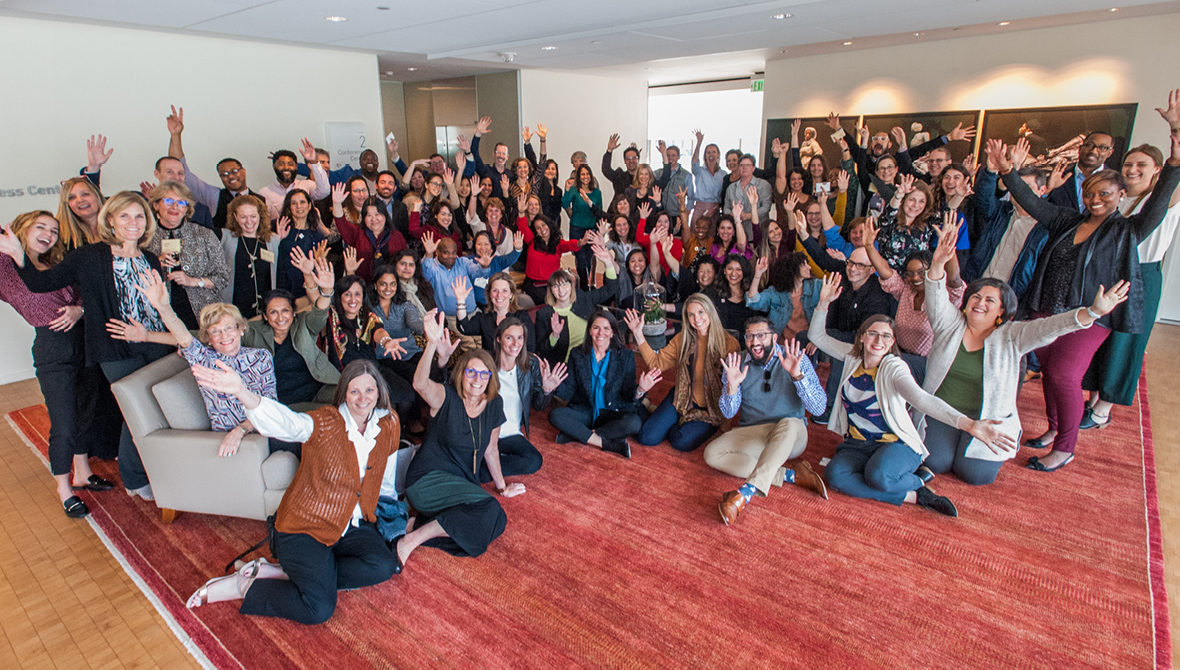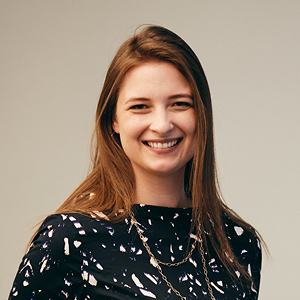How a Study on Giving Circles Led to the Launch of Philanthropy Together


The idea of a giving circle is as simple as it is powerful: a group of individuals pool their resources and decide how to channel their generosity collectively.
Too often, when people think of philanthropists, they picture a group that is primarily rich, primarily white, primarily men, and primarily American. However, giving circles, one form of collective giving, bring together a widely diverse group of individuals coming together to support the causes and communities they care about. In short, giving circles help people engage in philanthropy, together.
The giving circle movement has been recognized as a growing trend since 2007 when initial research was done on its popularity. As the movement continued to shift the narrative of who engages in philanthropy, the Collective Giving Research Group (CGRG) conducted a landscape study to capture data and gain a deeper understanding of their tremendous growth. It was a pivotal move that not only gave the field a roadmap to amplify and empower giving circles and networks — it sparked the genesis of the infrastructure organization, Philanthropy Together.
Conducted in 2016, The Landscape of Giving Circles/Collective Giving Groups in the U.S. – 2016 came together under the leadership, guidance, and hard work of these exceptional professionals within the field:
This research was supported by the Bill & Melinda Gates Foundation, via the Women’s Philanthropy Institute at the Indiana University Lilly Family School of Philanthropy, and the Charles Stewart Mott Foundation, who recognized the importance of advancing knowledge in order to advance the field.
The study’s findings were exciting: the researchers identified more than 1,600 giving circles around the U.S. that had engaged at least 150,000 people in all 50 states and given as much as $1.29 billion since their inception. This research gave the leaders of giving circles and collective giving groups a strong call-to-action moment by providing a comprehensive look at the needs, challenges, and successes of the giving circle movement.
CGRG has since released three additional rounds of research, digging further into the state of giving circles both nationally and internationally.
As giving circles were on the rise, giving circle networks simultaneously increased. Spearheaded by Amplifier@JFNA, a network of Jewish-values-based giving circles, more than 20 of these networks came together to envision the future of giving circles and to discuss how they could continue to scale and strengthen this explosive field’s impact with a sustainable plan.

“During two days of discussions and planning…50 network leaders produced hundreds of post-its, newfound friends, and lots of ideas.”
CGRG’s research showed that giving circles were clearly here to stay and had the potential for massive growth to support local causes and initiatives globally. Yet these groups lacked an adequate infrastructure to accelerate and scale their growth. Just as the Council on Foundations, the United Philanthropy Forum, or the Association for Regional Grantmakers existed to support and serve grantmaking foundations and various philanthropic entities, giving circles needed a similar infrastructure organization.
With a seed grant from the Bill & Melinda Gates Foundation, five diverse giving circle networks and leaders embarked on a 12-month co-design process, led by consultant Isis Krause, to bring this work forward. Along with more than a hundred additional voices across the field (funders, individual giving circles, consultants, researchers), the “Core Co-Design” team included:

The Philanthropy Together mission has remained, almost word for word, as it was co-designed to be that first day in 2017: to diversify and democratize philanthropy by connecting and catalyzing the field of giving circles.
“The Philanthropy Together mission has remained, almost word for word, as it was co-designed to be that first day in 2017: to diversify and democratize philanthropy by connecting and catalyzing the field of giving circles.”
From the beginning, Philanthropy Together’s work has been grounded in diversity, equity, and inclusion. Philanthropy Together understands the urgency of bringing diverse voices to the table and strives to uplift the many cultures, backgrounds, and beliefs that fuel this global movement.
Launching during a time when support and community are needed more than ever, Philanthropy Together has moved swiftly to deliver initiatives for the field-at-large, aligned with four strategic goals:
Research is critical to Philanthropy Together’s Sustain strategy. The latest study on the global growth of giving circles mirrors Philanthropy Together’s expansion globally: what started as a national initiative soon turned global, as COVID brought out more opportunities for virtual learning and connection.
Further, CGRG’s findings that giving circle membership has become more diverse in the last five years also matches Philanthropy Together’s participation rates from people of color. Philanthropy Together’s incubator for new giving circles, Launchpad For You, is a prime example of research in practice: more than 120 leaders were trained in 2020 to launch their own giving circle from across eight countries, including 60% of participants who identify as people of color.

There is still much to learn from this burgeoning movement, and there is great research still to do. Those two pillars remain at the heart of Philanthropy Together’s work. Powered by the gracious support, extensive data, and generous resources of the Johnson Center and the Collective Giving Research Group, Philanthropy Together will continue to drive its mission forward while bridging the gap for future philanthropists all around the world.
Join the growing global collective giving movement! Sign up for email updates from Philanthropy Together and stay connected to the latest happenings in the giving circle field.
